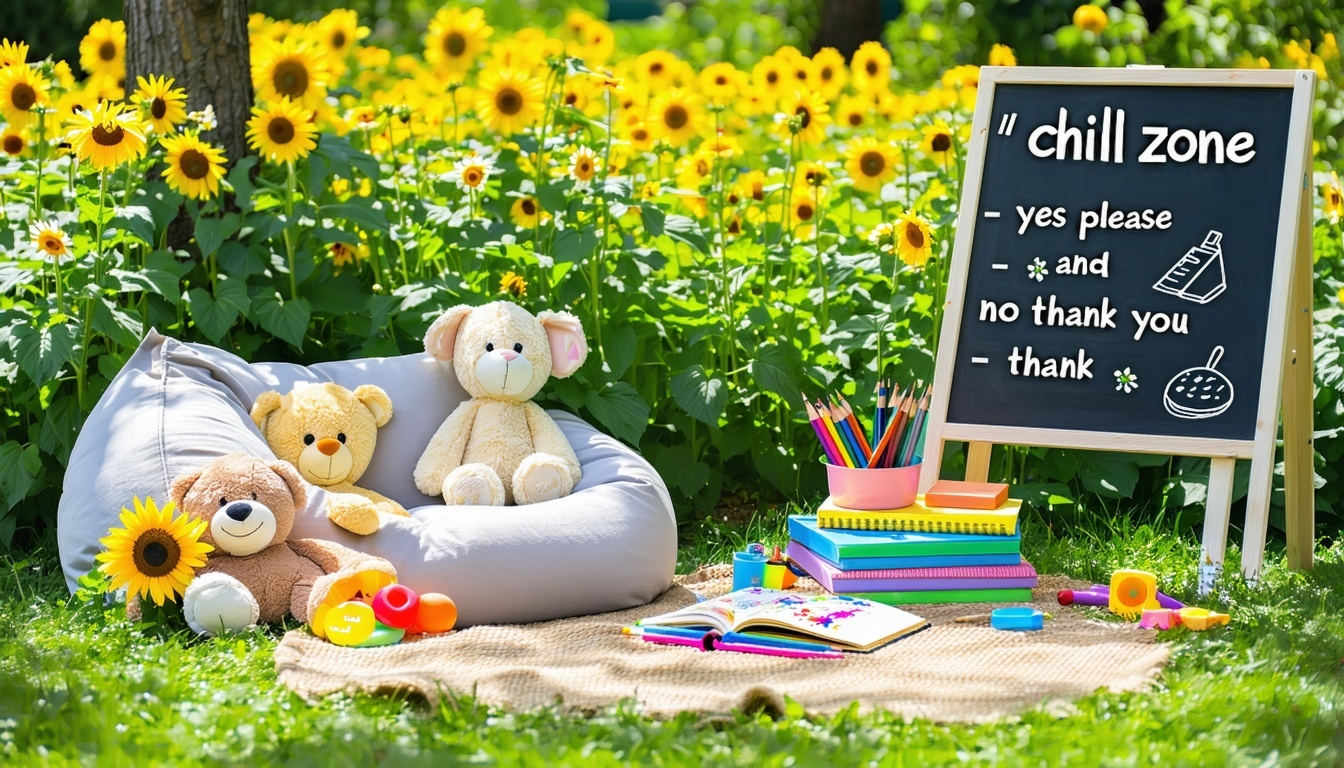
By Melissa Meyer, DNP, PMHNP
Ahhh, summer.
The season of pool days, popsicles, and... meltdowns?
If you’re parenting a sensitive child—whether they’re neurodiverse, emotionally intense, or just have a nervous system that picks up everything—you already know summer isn’t always sunshine and smooth sailing.
Schedules disappear. Routines fall apart. Fireworks, sleepovers, and sunscreen battles creep in. And suddenly your child, who thrives on structure and predictability, is completely overwhelmed.
You’re not doing anything wrong.
Summer just hits differently for sensitive kids.
But don’t worry—I’ve got you. 🌞
This is your Summer Survival Guide—a gentle, sensory-friendly, and sanity-saving plan for making the most of these warm, wiggly months with compassion and calm.
☀️ What Makes Summer So Hard for Sensitive Kids?
Let’s start with some truth: many kids don’t love summer as much as we think they “should.”
Here’s why summer can feel extra tough:
-
Loss of school structure = uncertainty and stress
-
More social situations = more sensory input and social fatigue
-
Travel, camps, or unstructured time = frequent transitions
-
More daylight = disrupted sleep
-
Heat, sunscreen, bugs, swimsuits = sensory overload
For sensitive children, even fun things can be too much, too fast, too loud, or too new.
🌈 What Sensitive Kids Actually Need This Summer
Your child doesn’t need a perfect summer. They need:
-
A rhythm that feels safe
-
Tools to manage sensory overload
-
Support for big feelings and small transitions
-
Room to say “no” without guilt
-
Connection over control
Here’s how you can build those into your summer—without needing a color-coded calendar or a personal assistant.
🛠️ Melissa’s Summer Toolkit for Sensitive Kids
1. Create a Predictable (But Flexible) Rhythm
Think flow, not schedule. Instead of planning every 30 minutes, anchor your day with 2–3 predictable touchpoints, like:
-
Breakfast + Morning Activity
-
Quiet Time + Screen Break
-
Evening Wind-Down + Bedtime Ritual
Visual charts or picture cards work wonders for younger kids or kids with anxiety.
2. Design a “Chill Zone” at Home
Set up a calm corner or sensory-friendly space they can escape to when overwhelmed. Stock it with:
-
Noise-canceling headphones
-
Fidgets, putty, or soft toys
-
Weighted blanket or body sock
-
Art supplies or books
-
Their favorite calming scent or music
Call it something fun like the “Cool Down Cave” or “Feelings Fort.”
3. Prep for Transitions with Visual & Verbal Cues
Transitions are everything in summer. Whether it’s leaving the playground or starting a new camp, previewing change reduces resistance.
Try this script:
“After snack, we’ll clean up and get ready to go. You’ll have five more minutes of play.”
Then follow up with:
-
A timer or visual countdown
-
A choice (e.g., “Do you want to bring your blue water bottle or green one?”)
Choice = power. Power = calm.
4. Build a “No Thank You” List
Empower your child by letting them help shape their summer.
Sit down together and list:
-
✅ “Yes Please” Activities (Things that feel fun and safe)
-
❌ “No Thank You” Activities (Things that feel overwhelming or not-right-now)
Post it on the fridge and refer back to it when planning. This validates their feelings and reduces conflict later.
5. Plan Break Days After Big Days
For every pool party, field trip, or travel day, plan a buffer day where your child can recharge with limited stimulation. These recovery days are not optional—they’re essential.
💬 What I Tell Parents Every Summer
You don’t have to entertain your child 24/7.
You don’t have to make summer “magical.”
You just need to create a safe, structured space where your child knows what to expect and feels supported when things get hard.
Sensitive kids don’t need a different summer. They need a different approach—one that honors their nervous system, emotional rhythms, and right to say “enough.”
💖 Final Thought from Melissa
When summer gets messy (and it will), remember: your child isn’t giving you a hard time—they’re having a hard time.
Lean into compassion. Breathe through the chaos. And never underestimate the power of popsicles, shade, and saying “we’ll try again tomorrow.”
You’ve got this. You always have. 🌿
📌 Try This Today:
Create a “Summer Snapshot” together. Draw or write out your child’s favorite summer activities, calming tools, and 3 things they can do when they feel overwhelmed. Keep it handy—and celebrate every small win.
